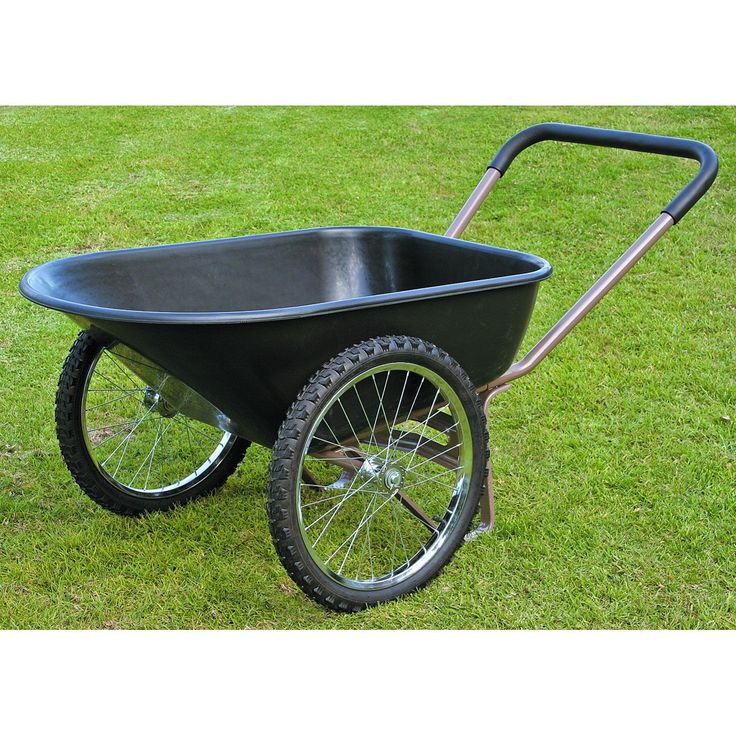How To Measure a Tire
Please follow these three steps to measure your tire.
To get the tire size, measure the outside diameter of the tire. Sometimes, the overall tire size is written along the sidewall of your tire. Though this won’t provide you with information regarding your hub length and bearing size (those are separate measurements), it will help determine which tire size you need. Measuring the tire diameter of the tire will help to confirm that information.
The hub length is the measurement through the middle of the wheel (or hub) measuring from end point to end point (or bearing to bearing).
You’ll want to make sure to measure through the center of the wheel and not just the outside as there will be space in your rim that will go unaccounted for. You’re trying to determine how much “space” the rim takes up on your axle. If you order a hub length that is too short, the tire will move from side to side on your axle. If you order a hub length that is too long, your rim will extend beyond your axle.
The bearing is the metal piece on the end of your hub where your axle goes through. You just need to measure the inside diameter of the hole. To double check accuracy, you can also measure your axle diameter as well to be sure you have the correct size.
| Tire: | Tire portion only |
| Wheel: | Tire and Rim together |
| Hub: | Center tube that holds bearings |
| Bearings: | Where the axle rests |
Click here to see expanded view
Picture this, it’s a beautiful sunny Sunday afternoon and you have decided to get the wheelbarrow out to do some of those garden chores, only to find the wheelbarrow tyre is buggered.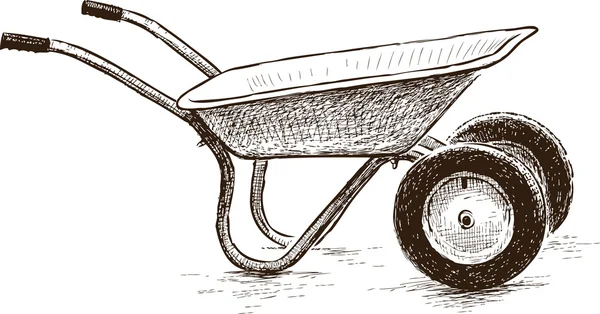
As frustrating as this is, don’t go rushing down to the store to buy a whole new wheelbarrow when all can be restored simply by replacing the wheelbarrow tyre and tube.
Upon checking the sidewall of the wheelbarrow tyre, you see a bunch of numbers and cannot make any sense of the all the numbers and details stamped on the side. How are you meant to replace a wheelbarrow tyre when you have no idea what to order?
Stress not! Finding out what size you need is easy once you know what to look for and how to understand it.
There are four things to take note of when looking to replace your wheelbarrow tyre.
Knowing these four things can help in making sure the tyre you decide to purchase is going to be the right tyre for your wheelbarrow.
Tyre Size
Lets first look at the tyre size.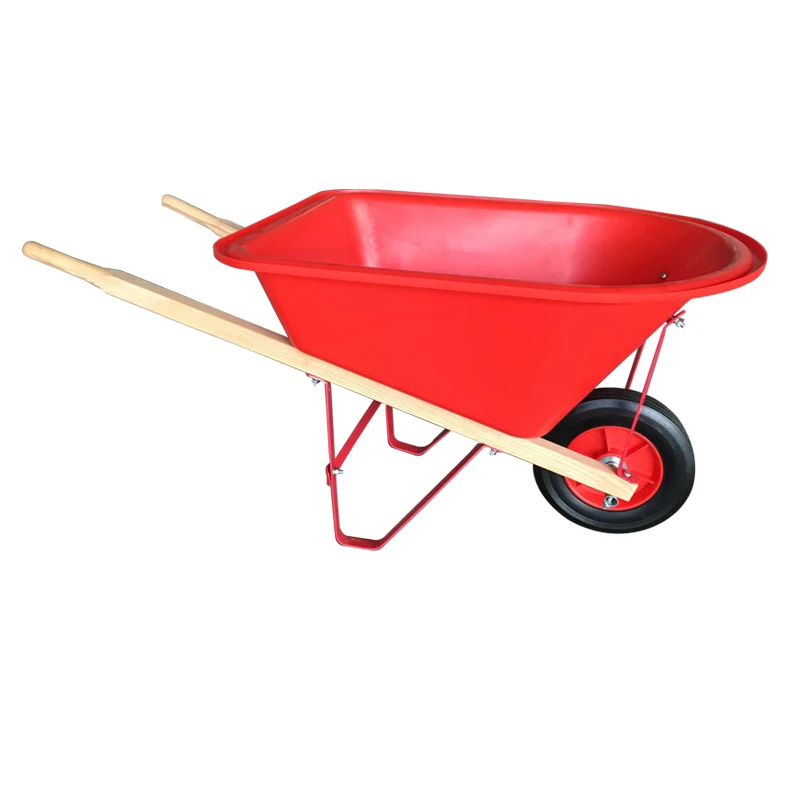 You may think that all wheelbarrows have the same size but that is not always the case.
You may think that all wheelbarrows have the same size but that is not always the case.
To find the size, we need to check to see what is stamped on the side of the tyre. It will most likely look something like this,
The most common size format that could be stamped on the side your wheelbarrow tyre is usually 2 numbers that are separated by a hyphen or alternatively, 3 numbers separated by a slash and a hyphen. A good example of one the most common wheelbarrow tyre sizes is the 4.80/4.00-8.
The first number, 4.80, usually refers to the height of the sidewall of tyre which is also known as the section height. If you times this number by two and add the rim size, in this instance it is an 8 inch, you will get an approximate overall height of the tyre. Keep in mind this is not an exact measurement, as it can vary +/- 10% depending on the brand.
The second number, 4.00, usually refers to the width of the tyre, which again, can vary +/- 10% depending on the brand.
The last number, 8, will always refer to the height of the rim.
An inexpensive wheelbarrow tyre option in this size is the Deestone D602, which are available on GEO Tyres.
You may be looking at your current wheelbarrow tyre and only seeing 2 numbers such as 4.00-8. Is this the same size as a 4.80/4.00-8?
In most cases, a 4.80/4.00-8 and a 4.00-8 will both have an approximate height of 16 inches.
If you have a more heavy-duty wheelbarrow or carry more weight than your standard garden clippings, then you may have a larger and wider than standard wheelbarrow tyre. This will most likely be a 16x6.50-8, which is the most common for these larger wheelbarrows. The same format applies to the 16x6.50-8 as it does for the 4.80/4.00-8 – 16 equals the height, 6.50 equals the width and 8 equalling the rim height.
An inexpensive wheelbarrow tyre option in this size is the Kenda K358, which are available on GEO Tyres.
Tube or no tube?
When replacing your wheelbarrow tyre, you need to also take note if a tube is currently fitted inside the tyre. Most of the time, this will be the case unless you have a flat free tyre, which is another thing we need to be mindful of too.
Most of the time, this will be the case unless you have a flat free tyre, which is another thing we need to be mindful of too.
To verify if a tube is fitted, there are a couple of ways we can find this out. The first being to check the sidewall of your current wheelbarrow tyre. All tyres will have this information stamped on the sidewall where it will say either Tubeless or Tube Type. Do take note, however, that if you have Tubeless stamped on the side of the tyre, it doesn’t necessarily mean that there isn’t any tube fitted. Often people will use a tubeless tyre on a tube type rim – meaning the rim is either a two-piece rim that bolts together or the rim is not designed to hold air without a tube.
The other option is to check the valve itself. The easiest option here is to deflate the tyre completely and check what the valve does. If it stays in the valve hole location, you have a tubeless setup but if the valve falls inside the hole into the tyre, then you have a tube fitted. Alternatively, if you can push the bead of the wheelbarrow tyre out of the way, you may be able to check inside the tyre to see if there is a tube inside it.
Alternatively, if you can push the bead of the wheelbarrow tyre out of the way, you may be able to check inside the tyre to see if there is a tube inside it.
Tube Type
Tubeless
Whilst your current wheelbarrow tyre may not have a tube installed, you may be suffering from constant air loss. If this isn’t due to punctures, it may well be that the current rim isn’t in very good shape and the air is leaking out from either cracks or improper sealing.
This can be caused by the age of the rim where small hairline cracks have started to form or possible build-up of rust or corrosion around the bead area of steel rims. If you have a build-up of rust on the rim, it is worthwhile to use a steel brush to remove this before replacing any tyres or tubes, as it will only lead to punctures happening to the tubes from the sharp fragments of the rust.
Tread Pattern
Most wheelbarrows will have either a rib or a block tyre tread pattern.
A rib tread pattern has circumferential grooves that run parallel with the tyre whereas the block pattern can have
Quite often those wheelbarrows that have a rib tyre fitted can be converted to a block pattern to provide extra traction when compared to the rib pattern.
Ply Rating / Load Rating
Our final step in choosing a wheelbarrow tyre is selecting the right tyre that is capable in supporting the weight you plan to carry in the wheelbarrow. Most of the time, the higher the ply rating, the more weight the tyre can carry. Another thing to note when it comes to ply ratings is that generally the higher the ply, the more puncture resistance the tyre has. This can be very beneficial if you find yourself repairing wheelbarrow tyres and tubes due to regular punctures, as the higher ply rating has usually has a reinforced sidewall and tread area. However, a higher ply rating can also translate to a stiffer tyre, meaning there will be less give in a 6 ply tyre vs a 2 ply tyre.
However, a higher ply rating can also translate to a stiffer tyre, meaning there will be less give in a 6 ply tyre vs a 2 ply tyre.
Choosing a wheelbarrow tyre doesn't have to be difficult. Get in touch with us today if you need more help in choosing a wheelbarrow tyre that will best suit your needs.
View our full range of Wheelbarrow Tyres and Tubes at GEO Tyres.
There are several ways to designate the size and parameters of a tire, some manufacturers use sizes in inches, some in millimeters, and some even use both sizes. . The examples below will help you define the parameters yourself.
1. Tire width (cross-sectional width)
2. Tire height
3. Cross-sectional height
4. Rim diameter
5. Tire outer diameter
Example: 3.00-4, 3.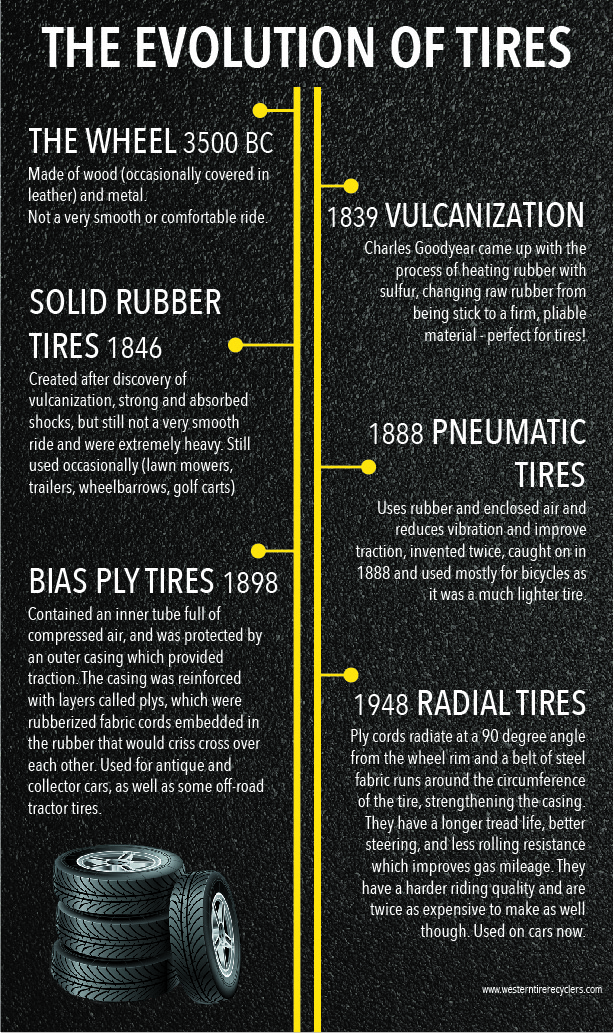 50-6, 4.00-8, 5.20-10, 6.00-12….The first number (3.00) indicates the tire width. “-” indicates that the tire is bias-ply (a radial design would be R). The last digit (4) indicates the bore diameter in inches. So a 3.00-4 tire fits a 4" rim, is 3" wide, and has a diagonal design.
50-6, 4.00-8, 5.20-10, 6.00-12….The first number (3.00) indicates the tire width. “-” indicates that the tire is bias-ply (a radial design would be R). The last digit (4) indicates the bore diameter in inches. So a 3.00-4 tire fits a 4" rim, is 3" wide, and has a diagonal design.
Example: 6-12, 7-14, 8-16, 9.5-18…
Same as above, but without the (.00) in the first part of the size. All dimensions are in inches. It is important that tires with similar sizes may not be compatible - a tire with parameters 6.00-12 can be very different from a tire 6-12. If you doubt the definition of compatibility - contact the managers of Promtekhnika.
Example: 4.10/3.50-4, 4.10/3.50-6, 5.30/4.50-6…
This size consists of 4 parts. The first digit (4.10) indicates the tire width. The second (3.50) indicates the height of the tire. The third digit (4) indicates the fit diameter of the tire. “-” refers to the diagonal design of the tire. So a 4.10/3.50-4 tire is 4.1" wide, 3.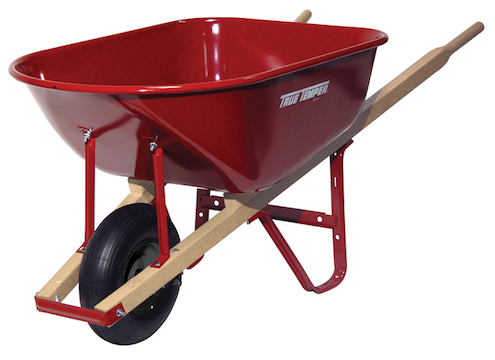 5" high, fits 4" rims, and has a diagonal design. nine0011
5" high, fits 4" rims, and has a diagonal design. nine0011
Example: 11x4.00-4, 13x5.00-6, 18x8.50-8, 25x12.00-9…
The first digit (11) is the outside diameter of the tire in inches. The second number (4.00) is the width of the tire in inches, and the third number (4) is the rim diameter of the tire. “-” refers to the diagonal design of the tire. So a 11x4.00-4 tire is 11" OD, 4" wide, fits a 4" rim, and has a diagonal design.
Example: 10x3, 18x4, 260x85
This marking is obsolete, but you may still encounter it. Dimensions can be specified in both inches and millimeters (usually it is quite easy to distinguish this). The first number (10) indicates the outer diameter of the tire, the second the width of the tire. The seat diameter is not indicated in the size, but can be easily calculated, since the height of such a tire usually coincides with its width. Thus, an 18x4 tire has an OD of 18 inches, a width of 4 inches, and a rim diameter of 10 inches (18 inches of OD minus 2" x 4" of tire height). The modern designation for such a tire would be the formula 4.00-10. A tire with a size of 260x85 has an outer diameter of 260mm and a width of 85mm, or 10" and 3" respectively, with a 4" bore. The modern designation would look like this: 3.00-4. nine0011
The modern designation for such a tire would be the formula 4.00-10. A tire with a size of 260x85 has an outer diameter of 260mm and a width of 85mm, or 10" and 3" respectively, with a 4" bore. The modern designation would look like this: 3.00-4. nine0011
Example: 255/60-10, 195/50R13, 420/85R28
The first digit is the tire width in millimeters, the second is the profile height (percentage of the tire width), the third digit is the bore diameter in inches. If the letter R is present in the size, this means that the tire has a radial design, and “-” indicates a bias. So a 420/85R28 tire has a width of 420mm, an 85% profile (the height of the tire is 85% of the width, i.e. 357mm), a radial construction and fits a 28" rim. nine0011
Example: 145R10, 155R12
The first number indicates the tire width in millimeters and the second number indicates the bore diameter (rim diameter) in inches. R indicates a radial construction, “-” indicates a diagonal one. With this marking, the tire profile is not indicated, and by default it is 80%. That is, a 145R10 tire is 145mm wide, 116mm high (80% of 145mm), fits a 10" rim, and has a radial design. The overall tire diameter can be calculated by converting all units of measurement to inches or millimeters and adding the rim diameter to twice the height of the tire. nine0011
That is, a 145R10 tire is 145mm wide, 116mm high (80% of 145mm), fits a 10" rim, and has a radial design. The overall tire diameter can be calculated by converting all units of measurement to inches or millimeters and adding the rim diameter to twice the height of the tire. nine0011
Currently, the ply rating determines the strength of the tire and does not indicate the number of plies of cord fabric. Originally, the term "ply" did refer to the number of plies of cord fabric and therefore served as an indication of the strength of a tire. But with the development of new materials, the original cotton cord fabric was first replaced by viscose, and now nylon or steel wire is used.
As a result, it is possible to significantly increase strength without increasing the number of material layers. Therefore, the term "number of plies" has come to be used to refer to the strength of the tire rather than to indicate the actual number of plies. nine0011
Asterisks (*,**,***) are used to indicate the strength of radial tires.
MORE THAN 5 YEARS IN THE MARKET OF CHELYABINSK AND CHELABINSK REGION
DELIVERY ALL OVER RUSSIA
+7 900 073 2681
Viber/Whatsapp/Telegram
October 12, 2018
What do these numbers on the tire and wheel chamber mean?
The markings on the tire will help you determine what size tire or tube you need.
Marking (shown in the photo) 12 1/2 x 2 1/4 - this marking is applied directly on the wheel tire and on the tube itself. The marking indicates that the wheel has a tire with an outer diameter of 12" inches (30-32 cm) and a width of 5 cm. The chamber for the stroller wheel has a similar marking and the corresponding dimensions i.e. 12" inches, or 30.48 centimeters and a width of 2" inches or 5 centimeters. If the size is not visible on the camera, it should be selected according to the size of the tire.
12 1/2 x 2 1/4. This is not an accurate label! Each manufacturer may have their own calculation data.
This is not an accurate label! Each manufacturer may have their own calculation data.
Attention! It is worth considering that each manufacturer indicates the approximate size of the tire in inches. nine0068
This means that in the production of tires, the molds in which the tires are made differ slightly in size for each manufacturer. The difference in size is up to one centimeter.
We are faced with the fact that tires from different manufacturers with the same marking 12 1/2 x 2 1/4 , in width and inner diameter, are larger or smaller by several centimeters.
The thing is that the outer size and width of the tire indicated in this way in inches is not an international standard in production.